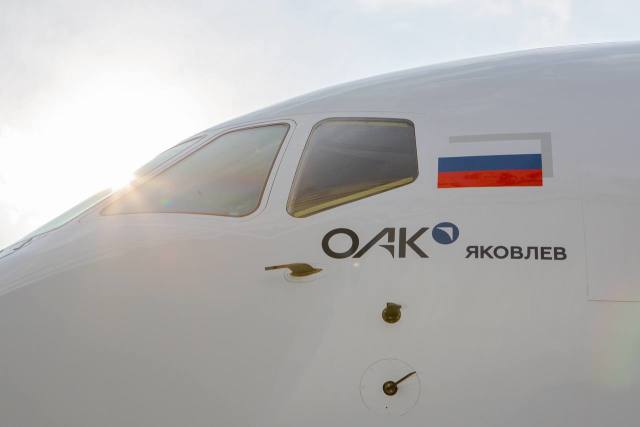On May 12, 1927, test pilot Julian Piontkovsky took off the first aircraft of A.S. Yakovlev's design, the AIR-1. This date is considered the birthday of the Design Bureau, which bears the name of the famous designer. However, there is another important date in the history of the experimental design bureau - January 15, 1934. On this day, 90 years ago, Yakovlev's group at plant No. 39 was separated into an independent design and production unit, transferred to the direct subordination of the Special Aviation Department and received a cot workshop on the Leningradskoye Highway as a base. This date is considered to be the day of the transfer of the Design Bureau from the jurisdiction of Osoaviakhim to the state industry.
Today, the OKB has over 200 types and modifications of aircraft built, including more than 100 serial ones. Since 2004, Yakovlev Design Bureau has been part of Irkut Corporation, which has been named after the outstanding designer since last summer. PJSC Yakovlev, in the structure of the Rostec United Aircraft Corporation, is responsible for civil aviation: the development, production and maintenance of new Russian airliners MS-21 and SJ-100, as well as the Yak-152 training aircraft.
On this important day for the Design Bureau, we share interesting facts about cars under the Yak brand.
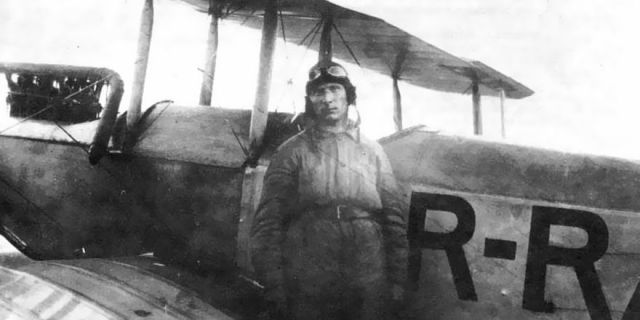
Julian Piontkovsky before the flight Moscow–Sevastopol–Moscow on the AIR-1 plane, May 12, 1927
AIR-1: questions of etymology. The first aircraft of the A.S. Yakovlev team and the subsequent 19 were named in honor of the head of the Society of Friends of the Air Fleet, Chairman of the Government of the USSR A.I. Rykov. According to eyewitnesses, when the old Bolshevik Rykov fell into disgrace, Yakovlev had to change the legend and explain the air as a derivative of the French air – "air".
Designers from the crib workshop. With the acquisition of an independent status, Yakovlev's team also receives its own premises, although it is peculiar – until 1935, the OKB employees shared one roof with a cot workshop. AIR-9, AIR-9 bis and AIR-10 aircraft are being created here.
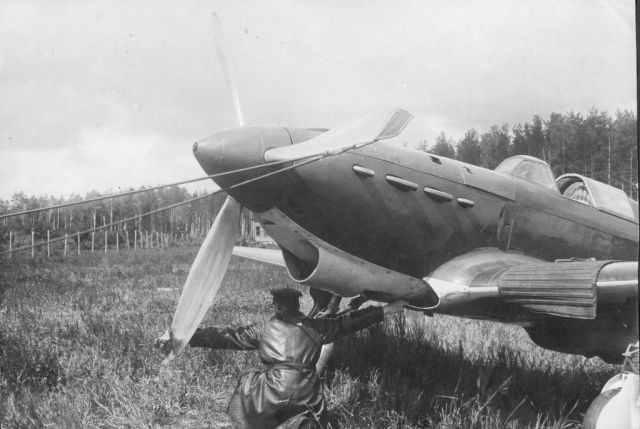
Yak-1
Yak-1: the beginning of the legend. The Yak-1 fighter became the first combat aircraft of the Yakovlev Design Bureau. He first joined the battle in 1940 and became the best Soviet fighter of the first period of the Great Patriotic War.
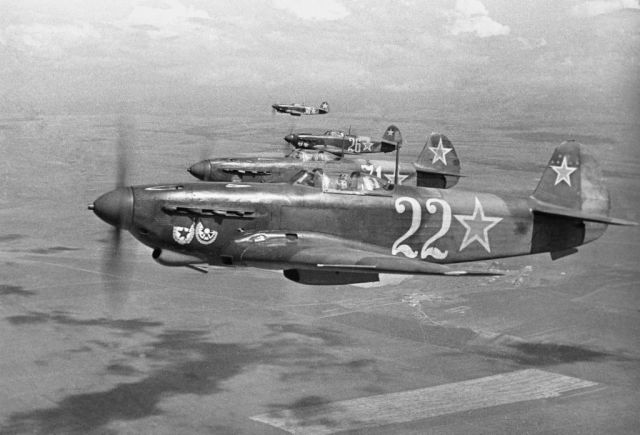
Yak-9
Yak-9: a multi-purpose hero. The Yak-9 fighter was developed on the basis of the Yak-7 and became the most massive Soviet fighter of the Second World War (14.5 thousand units were produced), as well as one of the most multipurpose aircraft of the Second World War. It was used as a fighter, bomber, reconnaissance, interceptor, etc.
"Yaks" for "Normandy – Neman". The famous squadron of French pilots, who fought on the side of the Allies, was equipped with Yakovlev fighters. At first, these were Yak-1 aircraft, later supplemented by the more advanced Yak-3 and Yak-9. The squadron conducted more than 5,000 sorties and destroyed more than 200 German aircraft.
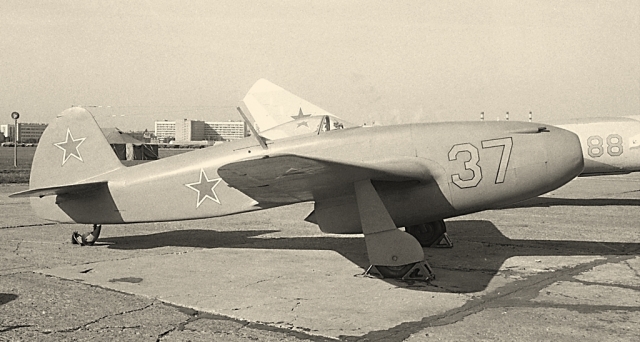
Yak-15
Yak-15: the first jet. The Yak-15 became the first Soviet jet fighter to enter service. The first flight of the car took place on April 24, 1946. Interestingly, a few hours before that, the first Mikoyan and Gurevich Design Bureau jet fighter took off for the first time – the future MiG-9, which was held at the same competition.
Yak-24: the first rotorcraft. Yakovlev Design Bureau also had experience in the development of helicopter technology – in 1951, the team was assigned to develop a heavy transport helicopter – the "flying wagon". At that time, Yakovlev already had experience in proactive developments in helicopter construction, and the Design Bureau specialists set to work. The machine, called the Yak-24, made its first flight in 1952, and mass production began in 1955. In the same year, two world records of payload capacity were set on the Yak-24.
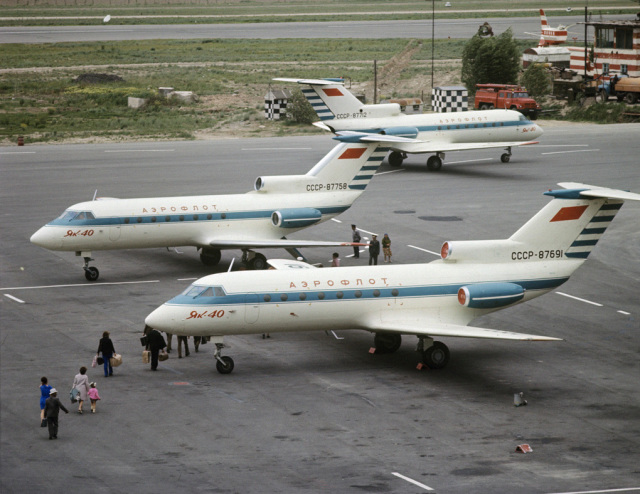
Yak-40
Yak-40: the first passenger. The Yak-40, the world's first jet airliner for servicing local lines, became a breakthrough in civilian topics for the Design Bureau. It was developed in just one year, took off in 1966 and is still in operation.
Yak-38: the first with vertical takeoff. One of the first design bureaus in the world and the only one in the USSR that managed to bring the idea of a vertical take-off and landing aircraft to mass production was the Yakovlev Design Bureau. The Yak-38, which took to the skies in 1970, was equipped with one main-lift engine and two lifting engines. It was used on domestic aircraft carriers until 2004.
Yak-130
Yakovlev's "Flying Desks". Educational "Yaks" have gained wide popularity in our country and abroad. The first was the UT-2, then the massive Yak-18 and Yak-52 "flying desks", which still give young pilots a ticket to the sky. The highest point of the Yakovlev school of educational machines today is the Yak-130 jet, the main aircraft for training cadets of aviation schools in Russia and a number of foreign countries.
